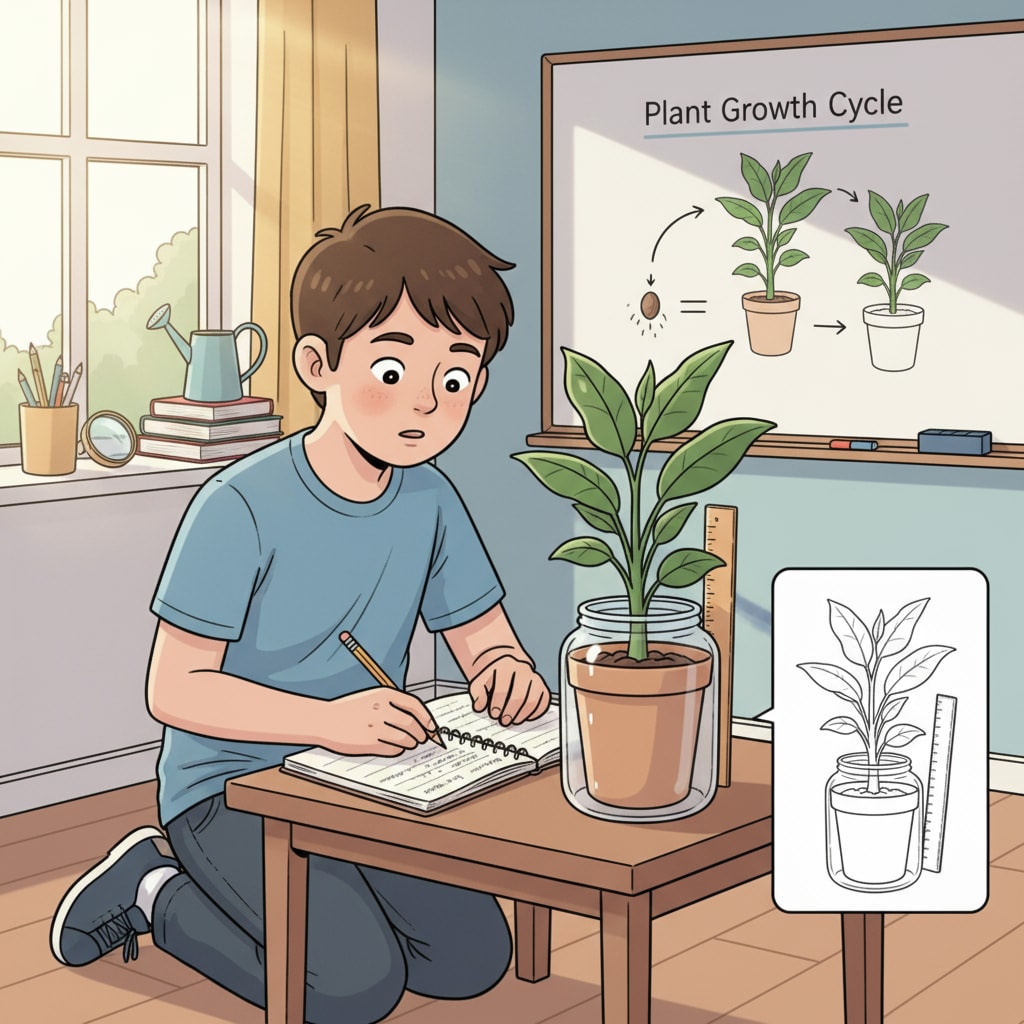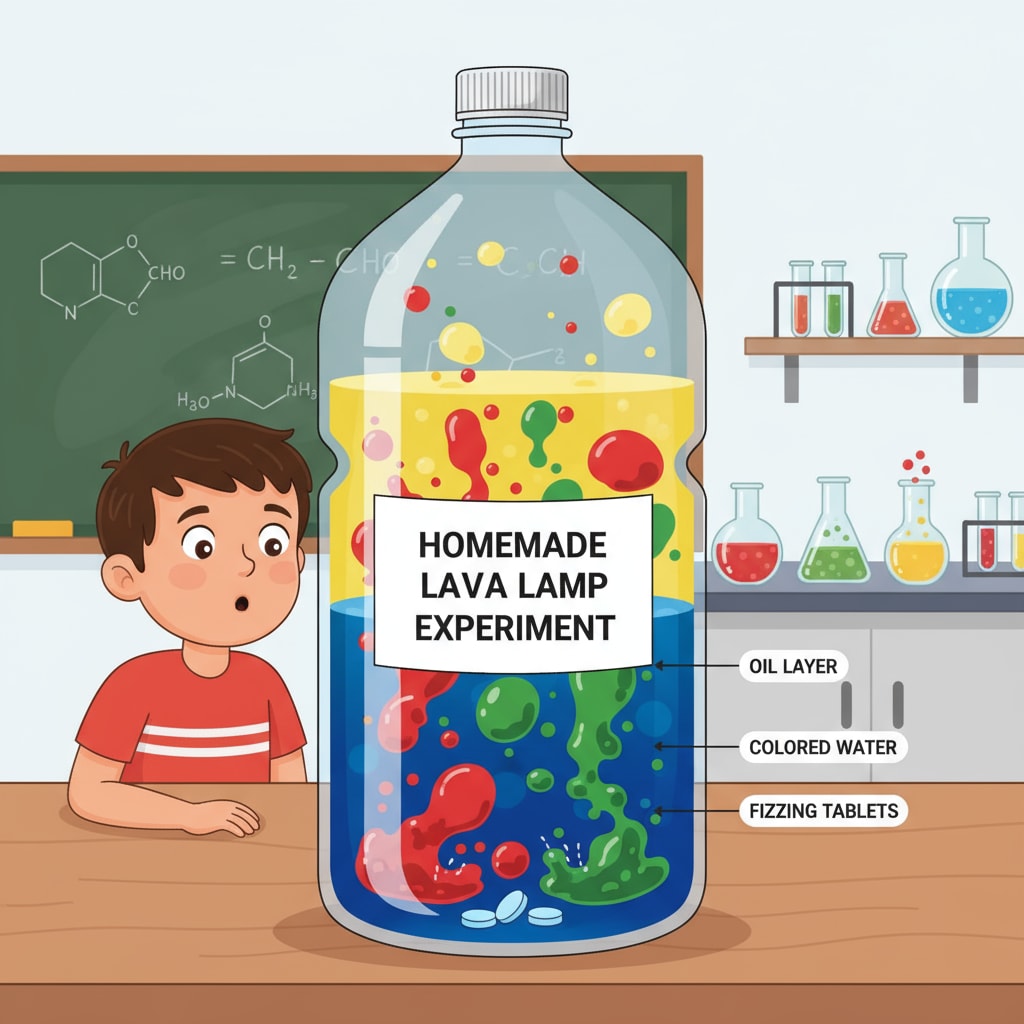Science fair, children’s experiments, and scientific methods are the keys to unlocking young minds’ curiosity. For parents and teachers of students in grades 1 – 4, this guide aims to simplify the process of creating engaging science fair projects. The focus here is not on achieving perfect results but on the journey of exploration, where children can develop their scientific thinking skills.
The Importance of the Exploration Process
When it comes to children’s experiments for science fairs, the exploration process is of utmost importance. It’s not about getting the right answer every time. Instead, it’s about asking questions, making predictions, testing hypotheses, and learning from the outcomes. For example, if a child is conducting an experiment to see which type of soil makes a plant grow best, the process of carefully observing the plants over time, noting any differences in growth, and trying to understand why those differences occur is what truly matters. This hands-on approach helps children internalize scientific concepts better than just reading about them in a book. Scientific method explained on Britannica

Creative Experiment Ideas Using Common Household Items
There are numerous exciting experiments that can be done with items commonly found at home. These experiments not only spark children’s interest but also teach them basic scientific principles. Here are some great ideas:
- Balloon Rocket Experiment: All you need are a balloon, a straw, a long piece of string, and some tape. Thread the string through the straw, tape the balloon to the straw, blow up the balloon, and let it go. As the air escapes from the balloon, it propels the straw along the string, demonstrating Newton’s third law of motion – for every action, there is an equal and opposite reaction.
- Homemade Lava Lamp: Use a clear plastic bottle, vegetable oil, water, food coloring, and an Alka-Seltzer tablet. Fill the bottle about one-quarter full with water, add a few drops of food coloring, then pour in vegetable oil until the bottle is almost full. Drop an Alka-Seltzer tablet into the bottle, and watch as colorful bubbles rise and fall, creating a lava lamp effect. This experiment shows the density differences between oil and water and the chemical reaction between the tablet and water.

By engaging in these simple experiments, children are introduced to the world of science in a fun and accessible way. They learn to apply scientific methods, such as making observations and drawing conclusions. Remember, the goal is to encourage them to ask questions and explore the unknown. So, let the young scientists in your life embark on these exciting scientific adventures!
Readability guidance: The article uses short paragraphs and lists to summarize key points. Each H2 section provides a list of relevant information. The passive语态 is kept to a minimum, and long sentences are carefully managed. Transition words like ‘for example’ and ‘instead’ are used throughout to enhance the flow of the text.


